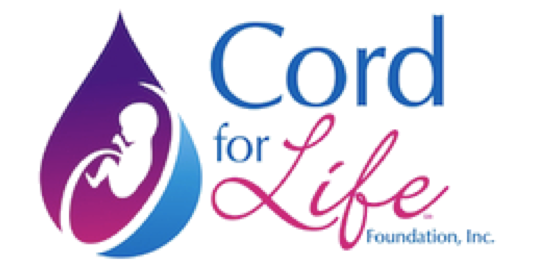WHAT CAN CORD BLOOD BE USED FOR?

Hematopoietic stem cells (HSCs) from a newborn’s umbilical cord blood are currently FDA approved to treat over 80 diseases. While that’s a compelling reason to bank cord blood, we feel it’s important to understand what’s behind this number so you can make an informed decision about cord blood banking for your growing family.
FDA Approved Used of Cord Blood
In general, the FDA approved uses of umbilical cord blood stems cells include treatment for 3 common types of childhood cancers, 4 types of bone marrow cancer, 13 types of leukemia (including childhood leukemia); Hodgkin’s and non-Hodgkin’s lymphoma; 33 other disorders of blood cell proliferation; and 17 inherited metabolic disorders (see the full list of FDA approved diseases at the end of this article).
Stem cells from umbilical cord blood can play an important part of the recovery process for these diseases. They help replenish the blood cells and rebuild a depleted immune system following aggressive treatments like chemotherapy and radiation.
What do Cord Blood Stem Cells Do?
Quickly rebuilding the billions of blood cells responsible for maintaining and protecting every cell in the body is critical in the recovery process to reduce the chance of infection and help the body recover. Stem cells from umbilical cord blood (HSCs) are more effective than other cells at regenerating the immune system following chemotherapy. As a result, doctors can give a higher dose of chemotherapy to improve the chances of eradicating the cancer.
Cord Blood and Childhood Cancer
Together, the words childhood and cancer are not something any parent wants to hear. According to CureSearch, cancer is the leading cause of death by disease in children. The average age of children diagnosed with cancer is six. More than 40,000 children undergo treatment for cancer each year, with over 90 percent survival rate. Stem cells transplants can be an important part of these treatments.
Among childhood cancers, your child’s own cord blood has been approved for the replenishment of bone marrow and recovery of the immune system following chemotherapy for some of the most common forms of childhood cancer, including eye cancer, brain tumors, and neuroblastomas.
Retinoblastoma is the most common type of eye cancer in children. It starts during pregnancy, when the retina is developing. Retinoblastoma is more common in infants and very young children (under six years old).
Neuroblastoma accounts for about 6% of all cancers in children and is by far the most common cancer in infants less than 1 year old. It is a malignant tumor that starts during pregnancy, when immature nerve cells are developing, and typically affects the adrenal glands. It is often present at birth, but may not be detected until later in childhood. Often, by the time it’s diagnosed, neuroblastoma has already spread to the lymph nodes or other parts of the body.
Brain Tumors: Brain tumors are masses of abnormal cells in the brain or spinal cord that have grown out of control. About 18% to 20% of all malignant childhood brain tumors are medulloblastoma. About 70% of these occur in children younger than 10.
Banking your child’s cord blood will ensure it is available for immediate use as part of the intervention and recovery process should there ever be a need to treat these childhood cancers or any of the other 80 diseases.
What Else Might Umbilical Cord Blood Stem Cells be Used For?
You can use your child’s stem cells for both FDA approved and experimental treatments. Storing your child’s cord blood gives you a potential opportunity to participate in clinical trials working to find cures for Cerebral Palsy, Autism, Alzheimer’s Disease, a other conditions that impair quality of life.
It also provides treatment options for conditions that have shown improvement following a cord blood stem cell transfusion that are not yet FDA approved.
Helping Children Speak
This potential for discovering new uses has proven lifesaving for conditions like apraxia, a motor speech disorder that makes it difficult for children to communicate. Although not on the FDA list of approved uses, HSCs have been used successfully to treat this disorder and enable children to speak.
Restoring Mobility
Cord blood stem cell also being used to treat conditions such as knee, elbow, and other joint treatments. Their anti-inflammatory and regenerative properties hold the promise of restoring flexibility and function in injured and aging joints for a better quality of life.
Source: Parent’s Guide tO Cord Blood Foundation
https://parentsguidecordblood.org/en/diseases

